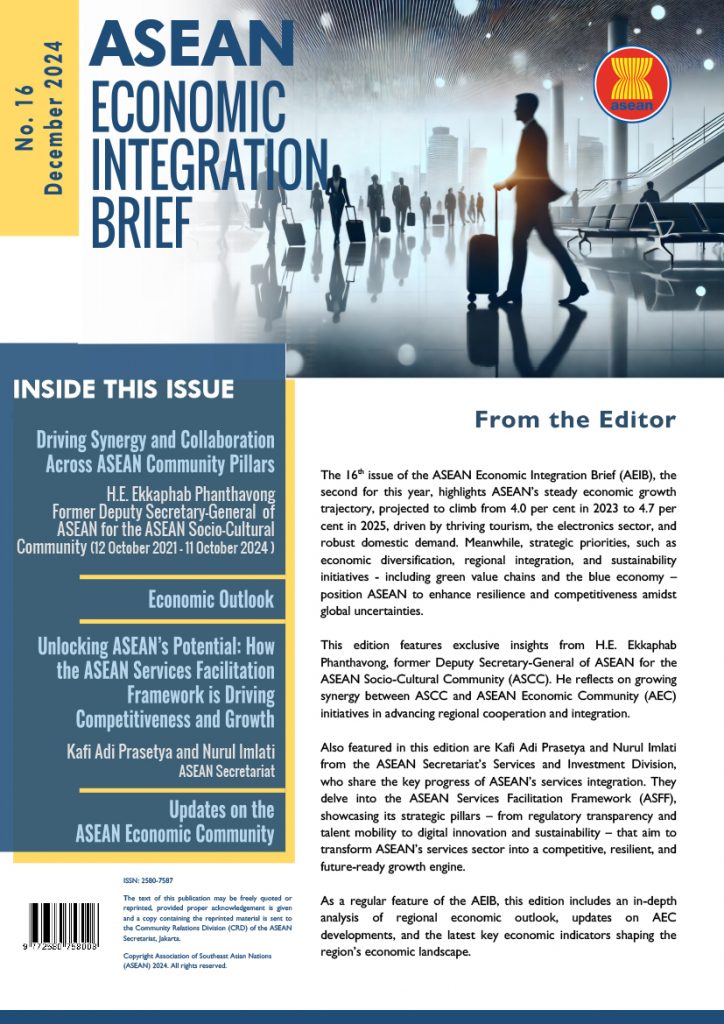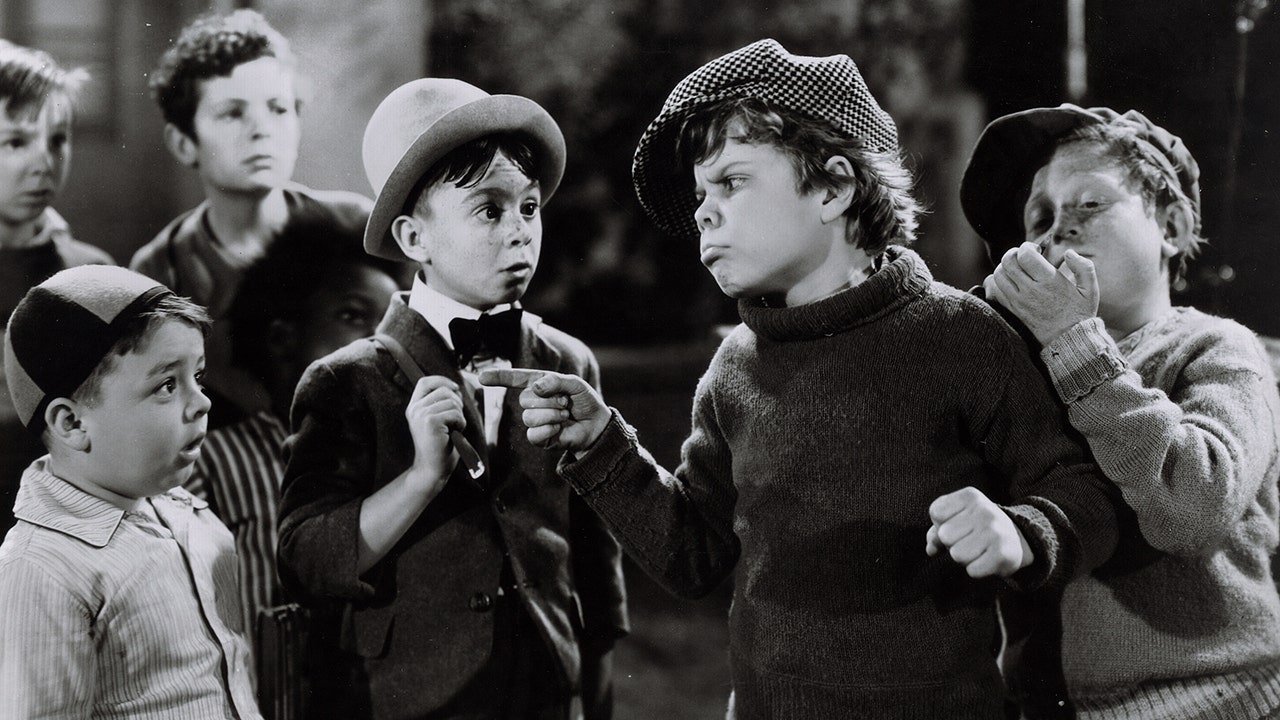The frenetic banging of gongs and drums by Beijing over its supposed natural right to control Taiwan, whatever the island’s own people may think, betrays the semiconscious awareness of the weak foundations of China’s historic claim that the island is an integral part of the mainland.
Doubtless, the Chinese masses have long been re-educated out of reality and believe in the jingoist rewriting of history. Few foreigners know much better, having had the words “One China” drilled into them for so many decades. Yet in the current context, the staggering fact of Chinese history is that it completely ignored this substantial nearby island.
Tang dynasty armies might reach almost the Iranian Turkic heart of central Asia, Zheng He’s vessels might reach Jeddah and Mogadishu, but no one bothered about Taiwan even though it was on the route from southern China to Japan. It was thought of as an island of barbarians, even by the standard of neighboring Luzon, and with little to trade except deerskins.
One of the first references was by the writer and encyclopedist Ma Duanlin in the 14th century. Ma noted that a 7th Sui dynasty emperor had sent a force to demand tribute and was punished when the leader refused, but communication then ceased. Ma himself described aspects including crops, local warfare, good fighters, and freedoms of young men and women.
Nothing much had changed by the early 17th century when Chen Di wrote An Account of the Eastern Barbarians, noting a matrilineal kinship system, sexual freedoms, deer hunting abilities, and eating of deer intestines.
This account was backed up by two Dutchmen who arrived two decades after Chen, noting sexual freedoms, abortion, lack of hierarchy, and endless small wars. A Dutch priest who stayed 12 years and learned the language of the Siraya, the major group of the western lowlands, also noted the egalitarian society and love of alcohol at feast. He also noted that the men were tall and well built and the women attractive, having “a full face, great eyes, and flat noses.” Apart from deer hunting, they grew dry rice, millet and corn, and raised pigs. Their main trade item was deerskins sold to occasional Chinese and Japanese visiting traders.
The indigenous Taiwanese were all speakers of Austronesian languages, had direct cultural links to Luzon in the Philippines and more broadly to the original populations of Indonesia and elsewhere but remained little touched by the Indian, then Muslim and Christian impact so evident in Southeast Asia.
It was indeed the Dutch, not the emperor in Beijing, who were responsible for the Han colonization of the island. In their partial rule over the western lowlands for almost 40 years, the Dutch not only encouraged mainland traders but settlers needed to develop agriculture and cash crops. The Dutch were driven out in 1662 by Cheng Cheng Kong (Koxinga to westerners) and became the last Ming redoubt after the alien Manchu (Qing) conquest of the mainland.
Further gradual Han (Min and Hakka) settlement continued during Chen’s period and after the Qing got control in 1683. But it was a slow process of meeting indigenous opposition. There was considerable interbreeding as some indigenes sought to live with the changing demographics and take part in the new economy and society while others gradually were forced to retreat from the fertile lands of the west and north retreated into the hills. This process continued gradually for two hundred years
The Qing emperors made no effort to administer the highlands and west so by the time Japan acquired the island in 1895 after the Sino-Japanese war, the map they first drew defined that region – about half the island – as unadministered tribal territory. Fifty years of Japanese rule was to create the sinews of modern Taiwan, with improved agriculture, education, railways, and urban development all having a Japanese feel which prevails to this day. Although facing initial resistance, the Japanese treated Taiwan gently compared to Korea, a legacy of goodwill which remains.
After the Japanese defeat, the Taiwanese yearned not for independence but for autonomy from a chaotic mainland in the grip of the civil war between Chiang Kai-shek’s KMT government and the Communists. But such Taiwanese thoughts of autonomy were brutally suppressed by the events of February 28, 1947 and the following days, when 5,000 to 10,000 Taiwanese, including many local leaders, were shot by Chiang’s forces and Taiwan’s identity suppressed.
KMT domination was massively reinforced by Chiang’s retreat to the island in 1949, supposedly as base from which to reclaim the mainland. About one million KMT loyalists fled to Taiwan in 1949, becoming about 15 percent of the population and controlling all the levers of state, with martial law continuing until 1987.
That Taiwan moderately prospered over the following decades was less due to KMT rule than to the combination of the education and modernization instilled by Japan and by the capital and markets that the US offered. Refugee capital and expertise from the mainland also played a role. Growing prosperity and the death of Chiang Kai-shek gradually saw the emergence of a more liberal state. After Taiwanese Lee Teng-hui became vice-president in 1984 and president in 1988, the decline of mainlander influence and the rise of the overly pro-Taiwan autonomy Democratic Progressive Party.
That brings us to today with a DPP president Tsai Ing-wen and mainly challenged by a KMT which differs on approach to the mainland but not on the importance of the status quo and Taiwan’s de facto existence as an open and well-ordered state which has no desire to come under the Chinese Communist Party.
Taiwan may be culturally Chinese, but its history is different, its years under mainland Han rule relatively brief. The fact that the majority of its population is of Han Chinese origin is of no relevance – Singapore is majority Han Chinese too.













.jpg&h=630&w=1200&q=75&v=20170226&c=1)







Discussion about this post